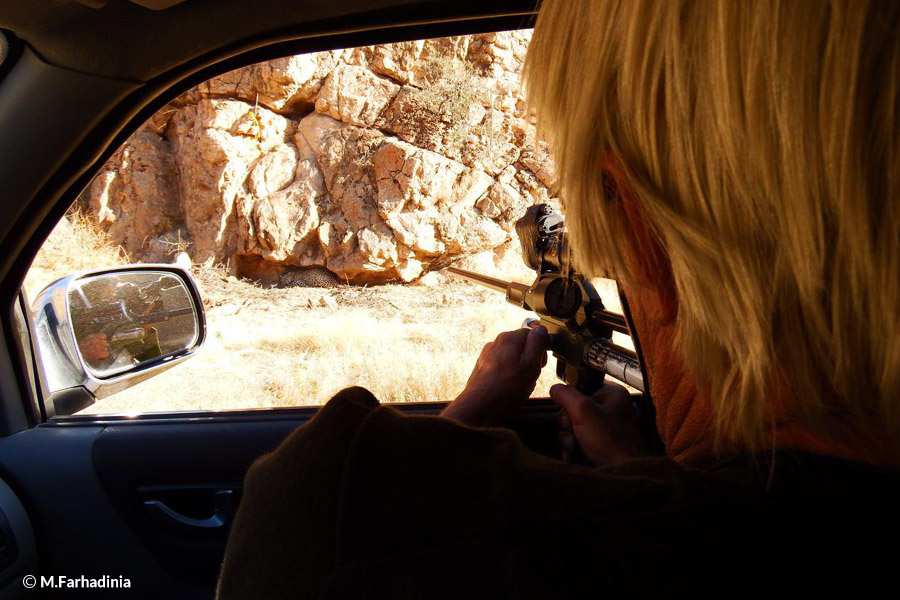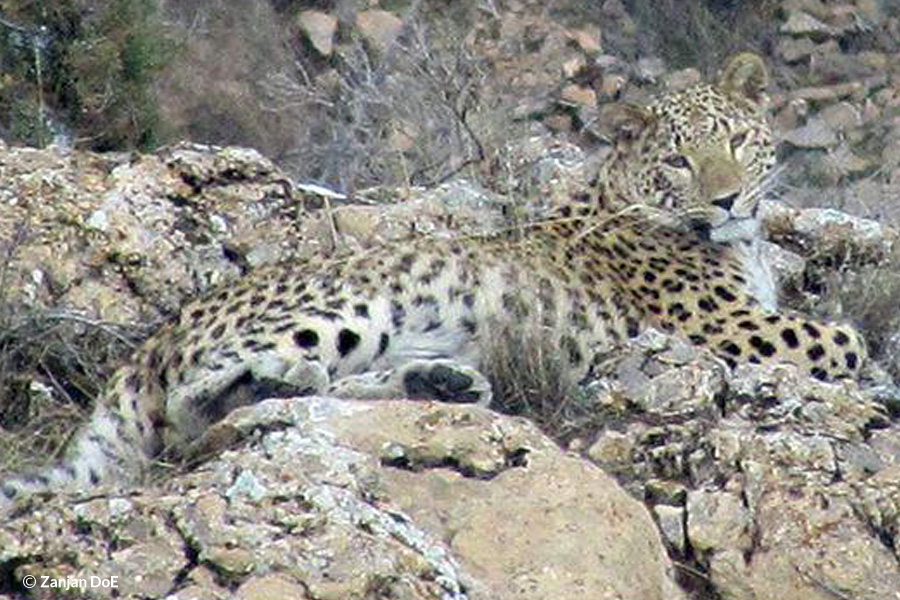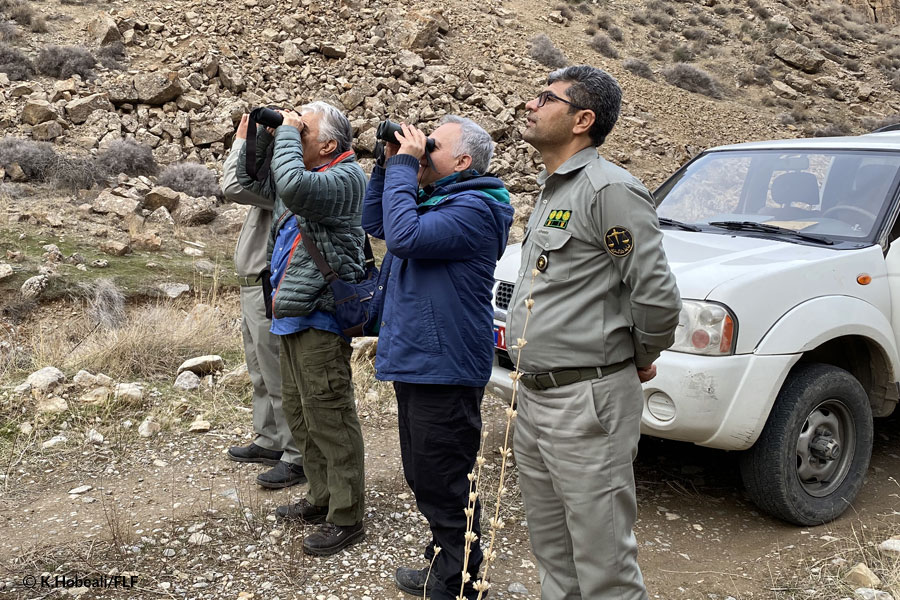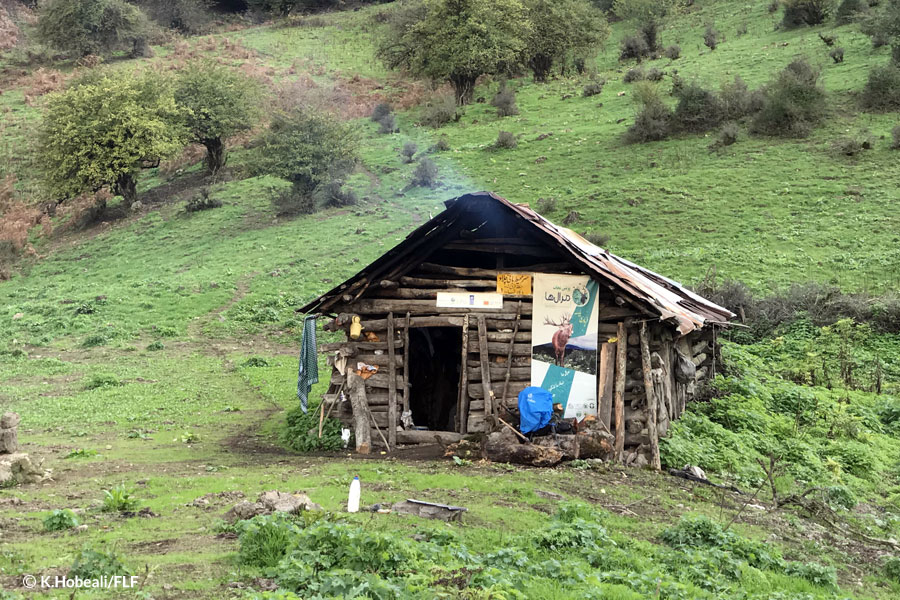
Big catch at the last minute: young leopard collared in Tandoureh
September 3, 2015
Leopards across borders in the Caucasus
November 2, 2015Iran is facing an emerging threat to its wildlife: the prevalence of infectious diseases. In 2015, several Iranian reserves have been adversely affected by a number of diseases, particularly peste des petits ruminants (PPR), an infectious viral disease that is the cause of mass mortality among ungulates, especially ibex. For example, in western Iran some reserves lost as much as 75% of their known ibex population during the course of few months.
Surveys we have conducted over the past two years based on local interviews have also uncovered previously unknown reports of infectious and contagious diseases among local livestock, which act as a reservoir for their wildlife counterparts. We learned that local vets have diagnosed PPR and foot-and-mouth disease (FMD), both lethal to wildlife. Also, the foundation vet suspected that some local dogs are affected by canine distemper virus (CDV), another infectious disease which can affect larger cats, especially in northeastern Iran where dogs are part of the leopards’ diet.
Accordingly, the Foundation team developed a new objective: to focus on disease control in the livestock of communities near Tandoureh National Park. Initially, our concern was shared with the Iran Veterinary Organization (IVO) and the Department of the Environment (DoE), both at a local level to discuss how dangerous outbreaks of these diseases can be controlled and, at a research level, to investigate whether and how such outbreaks can be predicted.
The IVO already had an ongoing program for vaccination against PPR, but this had two main drawbacks: 1) it was focused on lambs, whereas the adult sheep that graze around the reserves remained unvaccinated; 2) vaccination was done wherever an outbreak occurred – again not very useful for wildlife because it is difficult to get such programs under way in good time.
It was therefore decided to change the plan to place more emphasis on prevention of the spread of disease to wild ungulates, requiring that livestock in those villages located around Tandoureh National Park be vaccinated thoroughly. In September and October 2015 the plan was implemented, with more than 52,000 head of livestock receiving vaccination against PPR, including those in all villages located around the park’s perimeter. The costs of the plan were completely covered by the IVO.
As the next step, we are assessing the prevalence of infectious diseases among local livestock and herd dogs present around the park. Led by the Foundation vet, we are visiting local herds to check common diseases, and visited households are advised on prevention and treatment. Furthermore, blood samples are taken from some 15% of each village’s dogs, particularly those belonging to families who graze their animals next to the park. In 2016, a veterinary student will carry out lab studies in the Faculty of Veterinary Medicine at the University of Tehran to detect occurrences of several diseases, including CDV, rabies and parvovirus.





